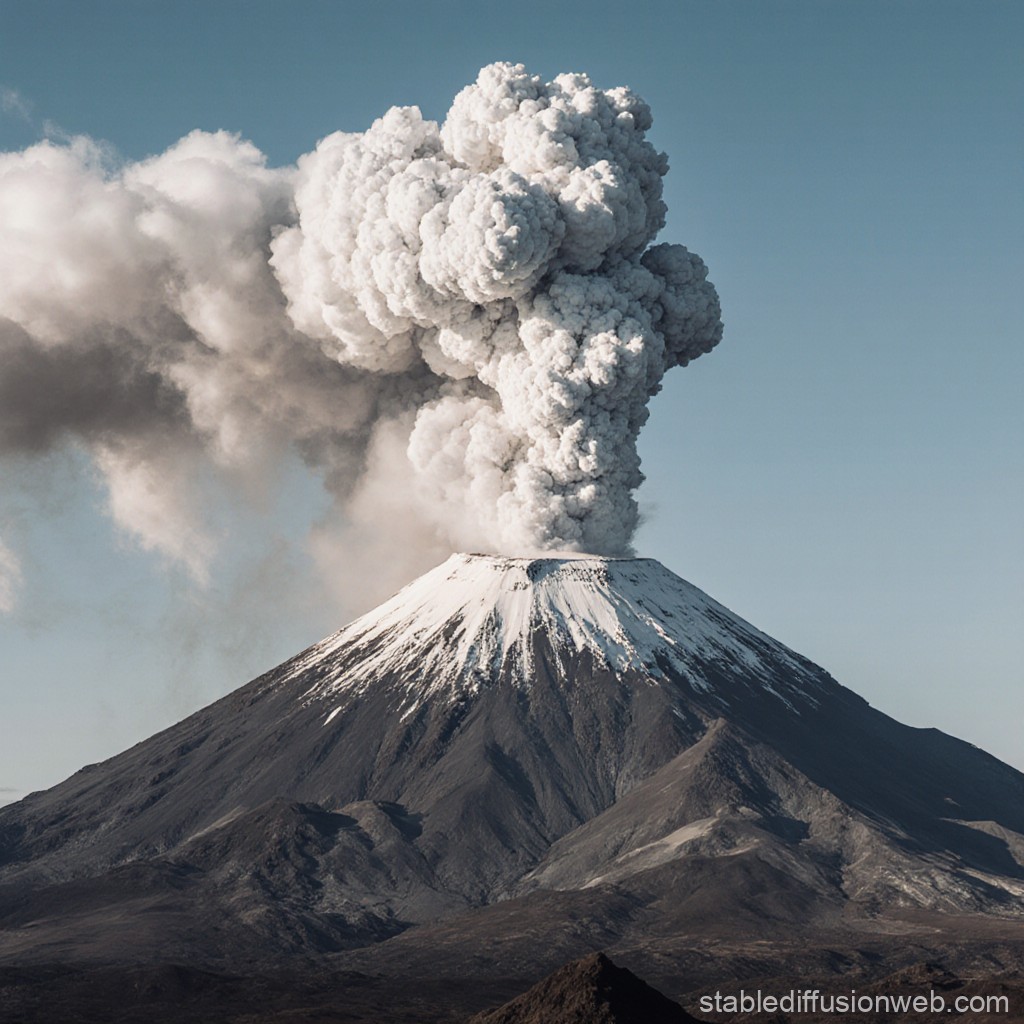Answers For [Other sources] - Volcanic Activity on Mount Pinatubo
Answers and detail explain for [Other sources] - Volcanic Activity on Mount Pinatubo
1.
evidence
2.
earthquake
3.
investigation
4.
ash
5.
progress
6.
collapse
7.
vapor | vapour
8.
roofs
9.
oxygen
10.
temperature
Explain
[Other sources] - Volcanic Activity on Mount Pinatubo

0:00
0:00
Lecturer: Good morning, everyone. In these environmental science lectures, I guess you're all used to hearing about global warming. Well, I'm here today to talk to you about one particular volcano and its effect of global cooling.
I'll begin by going back a little bit in time. Towards the 1991, the second largest volcanic eruption of the last century occurred in The Philippines, not far from the capital city, Manila, on the island of Luzon. Mount Pinatubo belongs to a chain of volcanoes in the area and this was by no means its first eruption. 1There is evidence of eruptions from approximately 500, 3000, and 5500 years ago.
The events of the 1991 Mount Pinatubo eruption began in July 1990 when 2a magnitude 7.8 earthquake occurred 100 kilometers northeast of the Pinatubo region. The sleeping giant was reawakened, but few people had any idea of what was in store for them. In mid March 1991, many earthquakes were experienced around Mount Pinatubo and 3this is when volcano scientists or volcanologists as they are called started their investigation of the mountain. Before the disaster, thousands of people lived in very close proximity to the mountain and on April 2, 4small explosions from vents near the crater dusted their villages with ash. This resulted in the order for evacuations of 5,000 people later that month.
Earthquakes and explosions continued to harass the residents and on June 5th, a level three alert was issued for two weeks because of the possibility of a major eruption. However, the appearance of a large amount of lava protruding from the mountain on July 7th 5led to the announcement of a level five alert on June 9, indicating an eruption in progress. An evacuation area within 20 kilometers of the volcano was established and this time, 25,000 people were evacuated. On the following day, Clark Air Base was evacuated and the danger radius was extended to 30 kilometers from the volcano resulting in the total evacuation of 58,000 people. On June 15, just after midday, the eruption of Mount Pinatubo commenced and lasted nine hours causing numerous major earthquakes 6due to the collapse of the land at the top of the mountain and the creation of a huge caldera.
What's a caldera? I hear you say. Well, it's obvious really. With a huge eruption such as this where enormous amounts of material have exploded into the air, the summit falls into what is now an empty chamber and thus forms a large crater. As luck would have it, as the eruption was taking place, a tropical storm was passing just to the northeast of Mount Pinatubo, bringing a lot of rainfall to the area.
7The dust and cinders that had been thrown up into the atmosphere combined with the water vapor from the storm to cause a rainfall of tephra that fell across the whole island of Luzon. 8Most of the people who perished during the eruption did so because of the weight of the ash collapsing roofs and killing the occupants of the houses. If it hadn't been for that passing storm, the death toll would certainly have been much lower. But that's not all. Besides the ash, Mount Pinatubo expelled between fifteen and thirty million tons of sulfur dioxide gas.
Can you guess what happened next? Yes. 9The sulfur dioxide mixed with water and oxygen in the atmosphere to become sulfuric acid, which is a major contributor to ozone reduction. The eruption plume from Mount Pinatubo reached high into the atmosphere, attaining an altitude of 34 kilometers and the resulting aerosol cloud spread around the Earth in two weeks and had covered the planet within a year. During the years 1992 and 1993, the ozone hole situated over Antarctica reached an unprecedented size.
The cooling effects of this cloud over the Earth were remarkable. 10It reduced global temperature considerably. In The United States, for example, we experienced our third coldest and third wettest summer in 77 years during 1992.
Write ONE WORD ONLY in each gap.
|
![[Forecast Q2-2025] - Biology lecture](https://static.helik.app/reading/8fd3d7d2-ccf9-47a3-8920-2e7a3b0d6607)
![[Forecast Q2-2025] - Living in the City](https://static.helik.app/reading/1a60bcf3-f3a7-4e9b-97a2-94d156a0de3b)
![[Forecast Q2-2025] - Student Union](https://static.helik.app/reading/fb443123-8c1d-447e-8c79-5a01650f4754)
![[Forecast Q2-2025] - Fruit-picking Job in an Orchard](https://static.helik.app/reading/e1968346-6c55-44ae-b8d3-f6a4fb7207b9)
![[Forecast Q2-2025] - University Crime Prevention](https://static.helik.app/reading/bdda593e-16d6-4c72-8a12-b116e917b27c)
![[Forecast Q2-2025] - Business Course](https://static.helik.app/reading/3308e282-99a6-4bcb-9d22-0b488701d968)
![[C20T1] - Choosing a restaurant](https://static.helik.app/reading/e9b21123-c43c-42fb-88b7-5d0be3a37e03)
